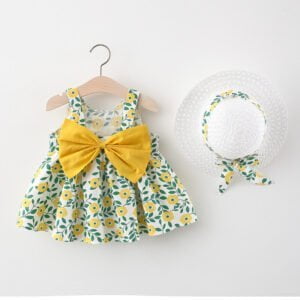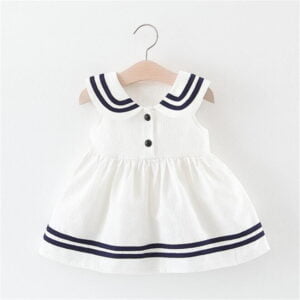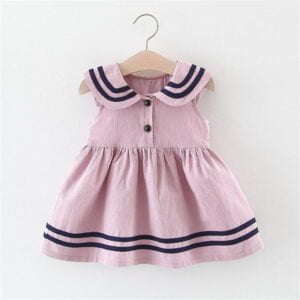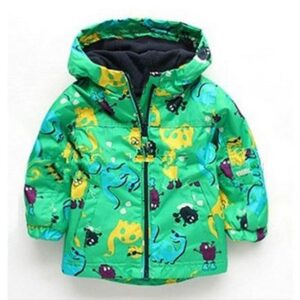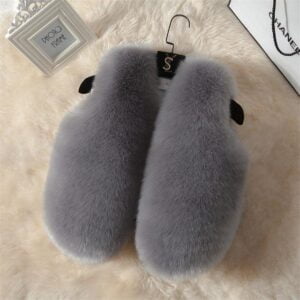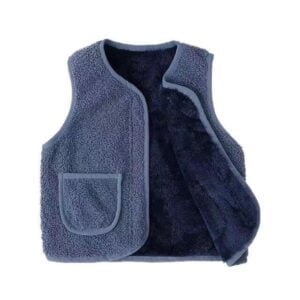Children’s clothing goes beyond just being fashionable. It’s about providing utmost comfort, ensuring safety, and maintaining durability. As a parent, selecting the right fabric for your little ones’ clothes is a crucial decision that can significantly impact their overall well-being. From the softness against their delicate skin to the fabric’s ability to withstand their active lifestyles, every aspect matters.
In this comprehensive guide, we will delve into the world of children’s clothing fabrics and explore the factors you need to consider when making fabric choices. Whether you’re shopping for a newborn baby or a toddler, this information will help you make informed decisions that prioritise your child’s comfort, style, and safety.
On This Page
7 Factors to Consider When Choosing Fabrics
Comfort Comes First
Comfort is paramount when it comes to children’s clothing. Kids have sensitive skin that requires gentle fabrics. Look for materials that are soft, breathable, and gentle against their skin. Fabrics like cotton, bamboo, and modal are excellent choices as they offer a cosy and comfortable feel. Consider the texture, breathability, and stretchability of the fabric to ensure unrestricted movement and maximum comfort for your little one.
Safety Considerations
Safety should always be a top priority when selecting fabrics for children’s clothing. Ensure that the fabrics meet safety standards and do not contain any harmful chemicals or toxins. Look for certifications such as EN 14682, OEKO-TEX® Standard 100, which guarantees that the fabric has been tested for harmful substances. Additionally, be mindful of potential allergens or irritants that could cause discomfort or skin reactions.
Durability for Active Lifestyles
Children are naturally active and playful, which means their clothes need to be able to keep up with them. Opt for fabrics that are sturdy and long-lasting to withstand their adventures. Consider the durability of the fabric and its ability to withstand frequent washing without losing shape or colour. Fabrics like polyester blends or synthetic options offer excellent durability, making them suitable for kids who love to run, jump, and explore.
Seasonal Suitability
Adapting fabric choices based on the weather and seasons is essential to keep your child comfortable. During the hot summer months, choose lightweight and breathable fabrics that allow air circulation and prevent overheating. Natural fibers like cotton and bamboo excel in providing breathability. For colder seasons, opt for fabrics that provide insulation and warmth, such as fleece or wool. Layering with versatile fabrics allows you to adjust to changing weather conditions.
Easy Care and Maintenance
Let’s face it, parents have busy lives. Choosing fabrics that are easy to clean and maintain can make your life a whole lot easier. Look for machine-washable options that can withstand regular laundering without losing their shape or colour. Additionally, consider wrinkle-resistant fabrics that require minimal ironing. Avoid fabrics that require special care or dry cleaning, as they can be time-consuming and impractical for everyday wear.
Consideration for Sensory Sensitivities
Every child is unique, and some may have sensory sensitivities. For children with sensitive skin or sensory issues, it’s important to choose fabrics that are gentle and non-irritating. Look for soft and hypoallergenic options that minimise the risk of discomfort or skin reactions. Fabrics like organic cotton or modal are known for their gentle touch and can be suitable for children with sensory sensitivities.
Eco-Friendly and Sustainable Options
Promoting sustainability in children’s clothing not only benefits the environment but also ensures a healthier future for our little ones. Consider fabrics made from organic or recycled materials, as they are more eco-friendly and reduce the environmental impact. Look for brands that prioritise ethical production processes and support fair trade practices. By choosing sustainable fabrics, you contribute to a greener planet for your child to grow up in.
In the next section of this guide, we will explore popular fabrics for children’s clothing in detail. Each fabric has its own unique properties and advantages, allowing you to find the perfect match for your child’s needs and preferences. Let’s dive in and discover the world of fabrics that make children’s clothes not only stylish but also comfortable and safe.
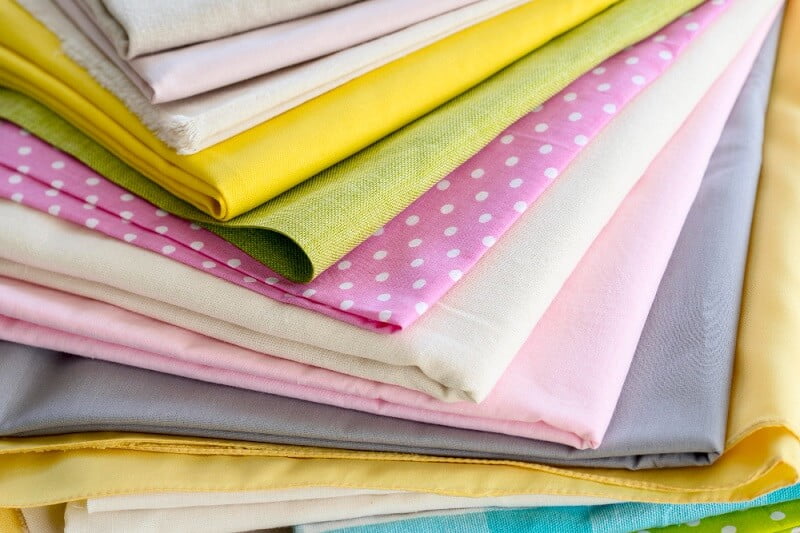
7 Popular Fabrics for Children’s Clothing
Cotton: The Classic Choice
Cotton has long been a staple fabric for children’s clothing, and for good reason. It is renowned for its softness, breathability, and hypoallergenic properties. Cotton fabrics allow air circulation, keeping your child cool and comfortable, especially during warmer months. Additionally, cotton is gentle on the skin, making it suitable for children with sensitive skin or allergies. There are different types of cotton fabrics available, including combed cotton, which has a smoother texture, organic cotton, which is grown without harmful pesticides, and Pima cotton, known for its exceptional softness and durability.
Bamboo: Natural and Eco-Friendly
Bamboo fabric has gained popularity in recent years for its natural and eco-friendly properties. It is incredibly soft, making it a gentle choice for children’s clothing. Bamboo fabrics also offer excellent moisture-wicking abilities, keeping your child dry and comfortable throughout the day. Moreover, bamboo is a highly sustainable resource as it grows quickly without the need for excessive water or pesticides. When choosing bamboo fabric, ensure it is produced through eco-friendly processes and free from harmful chemicals.
Fleece: Cosy and Warm
Fleece is a go-to fabric for colder climates and winter wear. Its insulating properties make it ideal for keeping your child warm and cosy. Fleece is known for its soft texture, providing a comfortable feel against the skin. It is also lightweight, allowing freedom of movement without feeling bulky. When selecting fleece fabrics, consider the different types available, such as microfleece and polar fleece. Microfleece is thinner and suitable for layering, while polar fleece offers additional warmth and thickness.
Polyester: Versatile and Durable
Polyester is a synthetic fabric that offers versatility and durability for children’s clothing. It is resistant to wrinkles, making it a practical choice for busy parents. Polyester fabrics also dry quickly, which is beneficial for kids who love water play or rainy adventures. When blended with natural fibers like cotton or spandex, polyester fabrics combine the best of both worlds, providing durability and stretchability. Cotton-polyester blends are common in children’s clothing, offering a balance between comfort and longevity.
Wool: Natural Insulation
Wool is a natural fiber that provides excellent insulation and warmth, making it perfect for winter clothing. It has natural moisture-wicking properties, keeping your child dry even in cold weather. Wool is also highly durable and can withstand rough play and frequent washing. Merino wool, in particular, is known for its softness and itch-free nature, making it suitable for children with sensitive skin. Regular wool is thicker and offers maximum warmth, making it ideal for extreme weather conditions.
Modal: Silky and Sustainable
Modal is a fabric made from beech tree pulp, known for its luxurious feel and sustainability. It is incredibly soft, comparable to silk, and offers excellent breathability and moisture absorption. Modal fabrics drape well and have a silky texture, providing a comfortable and stylish option for children’s clothing. Modal blends, such as modal-cotton or modal-spandex, combine the benefits of modal with added stretchability or durability. When caring for modal fabric, follow the specific care instructions to maintain its softness and longevity.
Denim: Classic and Timeless
Denim is a timeless fabric that adds a touch of style and durability to children’s clothing. It is known for its sturdiness and longevity, making it suitable for active kids. Denim comes in different types, including raw, stretch, and lightweight variations. Raw denim is untreated and will age beautifully with time, while stretch denim offers added flexibility and comfort. Lightweight denim is perfect for warmer weather or layering. Remember to follow the recommended care instructions to preserve the quality and colour of denim garments.
13 Frequently Asked Questions
What are the two most common fabrics used in children’s dresses?
The two most common fabrics used in children’s dresses are cotton and polyester.
Why is cotton the most appropriate fabric for children’s clothing?
Cotton is the most appropriate fabric for children’s clothing due to its softness, breathability, and hypoallergenic properties. It is gentle on the skin, comfortable to wear, and allows air circulation, keeping children cool and comfortable throughout the day.
What are not good fabrics for baby clothing? What fabrics should be avoided?
Fabrics that should be avoided for baby clothing include those that may cause irritation or discomfort. Avoid fabrics with rough textures, excessive synthetic materials, or those treated with harsh chemicals. Fabrics like acrylic, nylon, and polyester blends may not be as suitable for baby clothing due to their lack of breathability and potential for skin irritation.
Is cotton or polyester better for a baby?
Cotton is generally considered better for babies due to its softness, breathability, and hypoallergenic properties. Cotton allows for better air circulation, reduces the risk of overheating, and is less likely to cause skin irritation compared to polyester.
How do I choose fabric for my baby?
When choosing fabric for your baby, prioritise softness, breathability, and hypoallergenic properties. Opt for fabrics like 100% cotton, organic cotton, or bamboo, as they are gentle on the skin and allow for better air circulation. Consider the weather and season when selecting fabrics and ensure they are easy to care for and maintain.
What fabric is best for children’s pajamas?
The best fabric for children’s pajamas is cotton or cotton blends. Cotton pajamas provide comfort, breathability, and a soft touch against the skin, ensuring a good night’s sleep. Look for pajamas labeled as “snug-fitting” to ensure a safe fit without excess fabric.
What kind of fabric is very soft and non-allergenic and suitable for kids with sensitive skin?
Modal fabric is known for being very soft and non-allergenic, making it suitable for kids with sensitive skin. It has excellent breathability and moisture absorption properties, providing a gentle and comfortable option for children’s clothing.
Why is 100% cotton recommended for babies?
100% cotton is recommended for babies due to its softness, breathability, and hypoallergenic nature. It is less likely to cause skin irritation or allergic reactions, keeping babies comfortable and reducing the risk of discomfort or rashes.
Is cotton fabric safe for babies?
Yes, cotton fabric is generally safe for babies. It is a natural and breathable fabric that is less likely to cause irritation or allergic reactions. However, always ensure that the cotton fabric used is of high quality and has undergone proper safety standards.
Are most baby clothes made of cotton?
Yes, many baby clothes are made of cotton or cotton blends due to their suitability for sensitive skin and comfort. Cotton is a popular choice for its softness, breathability, and hypoallergenic properties, making it widely used in baby clothing.
What is the healthiest fabric to wear?
Natural fabrics like organic cotton, bamboo, hemp, and linen are generally considered the healthiest fabrics to wear. These fabrics are breathable, hypoallergenic, and made from sustainable sources, minimising exposure to chemicals and promoting overall well-being.
What is the least toxic fabric to wear?
The least toxic fabric to wear is organic cotton. It is grown without the use of harmful pesticides or synthetic fertilisers, reducing exposure to potentially toxic chemicals. Organic cotton is also gentle on the skin and environmentally friendly.
What is the coolest fabric to wear in summer?
The coolest fabric to wear in summer is lightweight and breathable. Fabrics like cotton, linen, and bamboo offer excellent breathability and allow air circulation, helping to keep the body cool and comfortable in hot weather.
Conclusion
Choosing the right fabric for your children’s clothing is a thoughtful and important decision. Considering factors such as comfort, safety, durability, seasonal suitability, ease of care, sensory sensitivities, and eco-friendliness can guide you in making the best fabric choices for your little ones.
From classic cotton to eco-friendly bamboo, cosy fleece to versatile polyester, and natural wool to silky modal, the variety of fabrics available provides options to suit different preferences and needs. By selecting fabrics that prioritise comfort, safety, and style, you can ensure that your children stay comfortable, confident, and ready for every adventure that comes their way.
Remember to read garment labels, choose reputable brands, and follow the care instructions to maintain the quality and longevity of the fabrics. Invest in clothes that not only make your children look good but also make them feel good. After all, their comfort and happiness are what truly matter.


